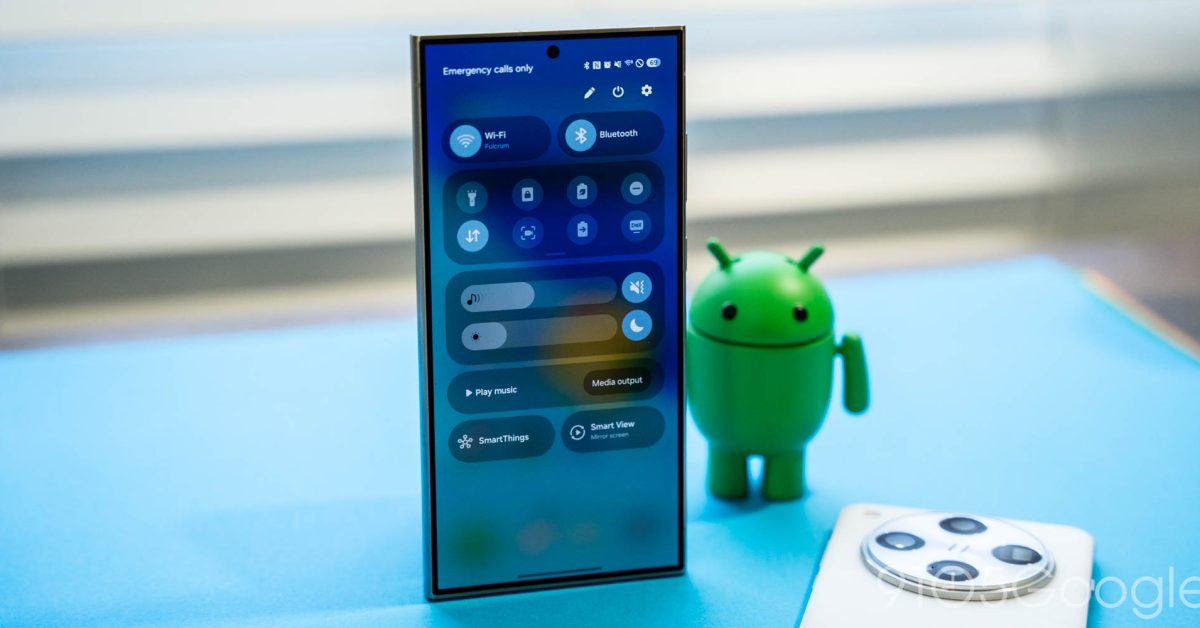

By default, your Quick Settings and notifications are available on separate pages in One UI 7’s dropdown menu. If you’re not a fan of that design, you can change it to a one-page setup where notifications and Quick Settings are on the same page. This quick guide will explain how to do so.
One UI 7 has proven to be a solid upgrade from One UI 6, which is based on Android 14. The UI offers much more refined options and really makes the Galaxy S25 series a joy to use, which doesn’t objectively hold up for previous generations of the software. That doesn’t even include Galaxy AI, which could be seen as a gimmick but actually offers quite a bit of value.
One change Samsung did make that some might not be ready to adopt is the separated notifications panel and Quick Settings menu. A lot of Android devices are taking on this design choice, offering a different screen for Quick Settings and another solely for notifications. It can be a hard change to get used to, considering you need to be careful where you swipe in order to access either page.
Still, One UI 7’s Quick Settings page is a wonderful take on Android’s toggles. The page is laid out very well and offers valuable controls very quickly. Even with that being the case, one might want to be able to pull up that menu while being able to access notifications quickly.
How to combine Quick Settings with notifications
Samsung clearly still wants users to decide how their options are laid out. The process of merging these two pages together is very simple and takes a minute.
- On your One UI 7 Galaxy device, swipe down from the top of the display.
- Tap the pencil icon to edit.
- Hit Panel settings.
- Choose Together.
- If you’d like to, edit which Quick Settings options are available in the menu’s shortened form.



In this configuration, it doesn’t matter which side of the screen you swipe down from. You’ll see the same notification shade every time, and you can see more Quick Settings if you wish. This is admittedly the old version, and it seems many OEMs are leaning toward the default two-page configuration. Still, the option is there for you.
More on Samsung:
- Galaxy S25 Ultra Review: You might like this phone more than you expect
- Report: Samsung using new battery tech in Galaxy S26 with ‘monster’ capacity over 6,000 mAh
- First Galaxy S25 update surfaces, and it’s literally a big one
Add 9to5Google to your Google News feed.
FTC: We use income earning auto affiliate links. More.

What’s your reaction?
Love0
Sad0
Happy0
Sleepy0
Angry0
Dead0
Wink0
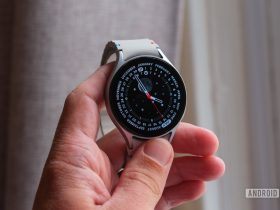
![what’s-new-in-android’s-april-2025-google-system-updates-[u:-4/18]](https://betadroid.in/wp-content/uploads/2025/04/16092-whats-new-in-androids-april-2025-google-system-updates-u-4-18-280x210.jpg)
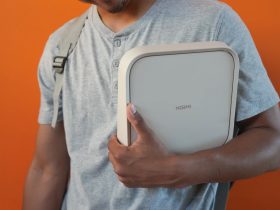
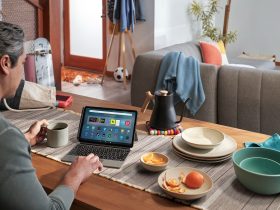

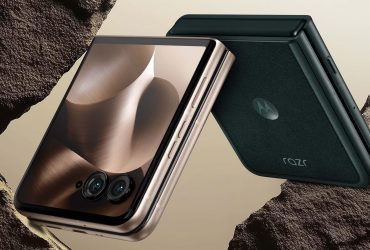
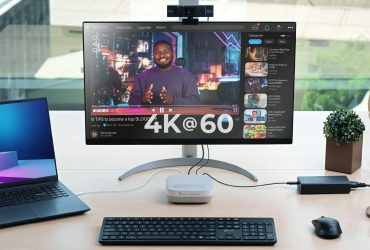
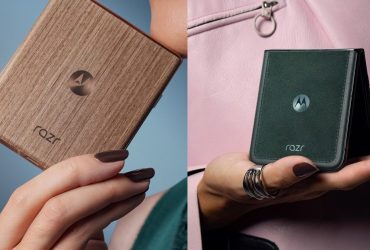
Leave a Reply
View Comments